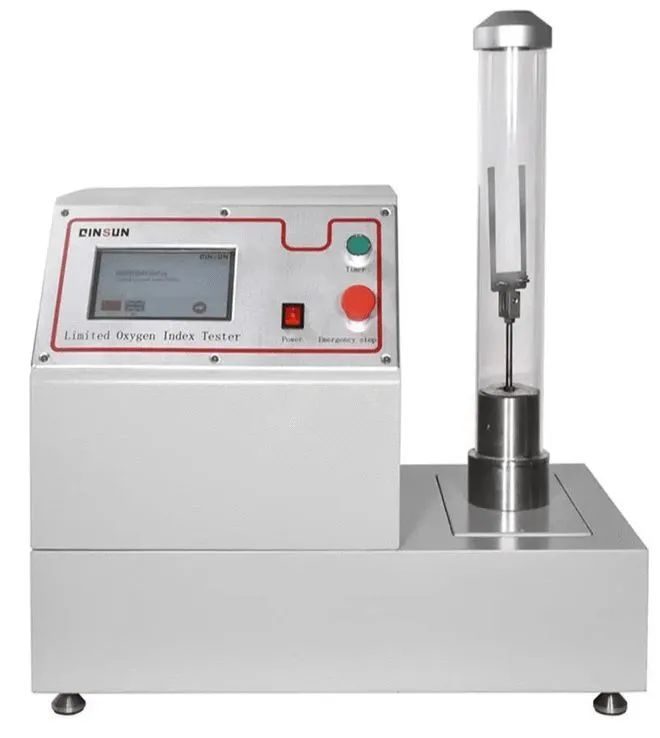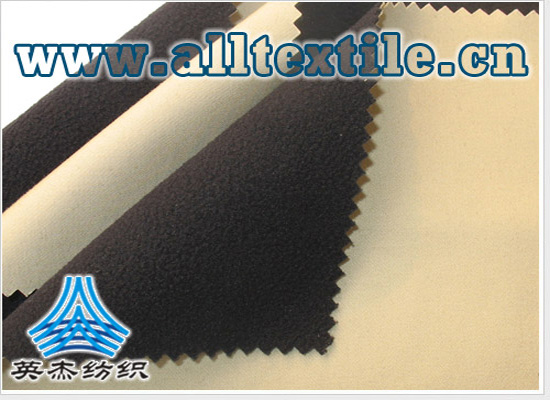Detection methods for flame retardant fabrics
-
Vertical detection method
-
The vertical detection method is a method of using a specific ignition source (the height of the flame is 40mm or more) to check the burning state of the fabric from the center of the prescribed burning time at the bottom edge of the fabric to the point where the burning fixed vertical U-shaped clip leaves the fabric. . The vertical detection method is one of the most complete flame retardant testing methods at home and abroad, and most of the standards and specifications play a guiding role in all walks of life.

American standards: 16CFR1615/1616 “Flammability Standard for Children’s Pajamas”; ASTMD6413 “Vertical Burning Method-American Standard Flame Retardant Test”;
European standard: BS EN ISO 6940 “Textile fabrics – Combustion properties – Determination of flammability of vertical samples”;
Japanese standard: JIS L 1091-1999 “Test method for flammability of textiles”;
Chinese Standard: GB/T 5455-2014 “Textiles – Combustion Properties – Determination of Vertical Damage Length, Smoldering and Afterburning Time”.
2. 45° slope detection method
The 45° inclined plane detection method refers to the method when, under specific circumstances, the sample is placed at an angle of 45°, the sample ignition time is 1s, and the burning flame is a certain distance required to evaluate the burning intensity of a fabric. , a detection method through continuous burning and measuring the smoldering time of the sample, the damage zone and measuring the length of the flame retardant effect of the fabric.
American standard: 16CRF part1610 “Standard for Flammability of Clothing Textiles”;
Canadian standard: CAN/CGSB-4.2 No.27.5 “Textiles 45°-1s Flame Impact Test”;
Chinese standards: GB/T 14644-2014 “Combustion properties of textiles – Determination of burning rate in 45° direction”; GB/T 14645-2014 “Combustion properties of textiles – Determination of damage area and number of flame contacts in 45° direction”.
3. Level detection method
The horizontal detection method refers to a fabric sample in a horizontal direction in a specific environment with an ignition time of 15 seconds. The flame spread is measured by the flame spread and the flame spread speed is obtained by the distance and time. The spread sample is measured to measure the resistance of the fabric. A method of detecting the effect.
Japanese standard: JISL 10911-1999 “Test method for flammability of textiles”;
Chinese Standard: FZ/T 01028-1993 “Textile Fabrics – Determination of Combustion Properties – Horizontal Method”;
GB/T 8410-2006 “Combustion Characteristics of Automotive Interior Materials”.
4. Limiting oxygen index detection method
The limiting oxygen index detection method refers to the minimum oxygen concentration of the fabric candle required to maintain combustion in the combustion gas mixture of oxygen and nitrogen. The higher the limiting oxygen index, the product has better flame retardant effect, otherwise the flame retardant effect Deteriorated or not flame retardant.

Although high sensitivity is the advantage of the limiting oxygen index detection method, the test conditions and operator requirements are very high, and the actual situation of the tested fabric is very different. Therefore, the oxygen concentration of the limiting oxygen index method is very Suitable for scientific research test equipment, not frequently used in production processes.
Chinese standard: GB/T 5454-1997 “Textile fabrics – Determination of combustion properties – Oxygen index method”.
02
The future development trend of flame retardant fabrics
With the continuous improvement of people’s living and environmental conditions in our country, people have higher and higher requirements for the performance of flame-retardant textiles. At present, most flame-retardant fibers or fabrics only have flame-retardant properties and cannot meet the special requirements of some departments, such as flame-retardant and water-repellent, flame-retardant and oil-repellent, flame-retardant and antistatic. It is imperative to develop flame-retardant multi-functional products.
For example, various forms of production methods are combined to treat flame-retardant fiber fabrics with waterproof and oil-repellent treatments; flame-retardant fiber yarns are interwoven with conductive fibers to produce antistatic flame-retardant fibers; flame-retardant fibers and high-performance fibers are used Blended and interwoven to produce high-temperature-resistant fabrics; flame-retardant fibers are blended with fibers such as cotton, viscose, etc. to improve the comfort of the final product and reduce costs.
At the same time, we are developing flame retardants that are efficient, non-toxic and have little impact on material properties. This leads to the development of reactive flame retardants and the development of additive flame retardants with better compatibility; the development of flame retardants with synergistic effects, such as phosphorus, nitrogen, and bromine in molecules or intermolecular combinations; the development of flame retardants with A series of flame retardants for different application ranges, etc. These will be the trends and directions of future development.







